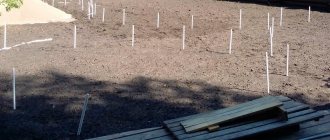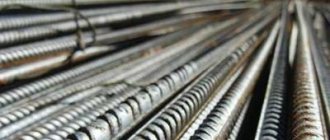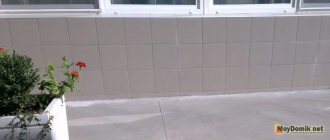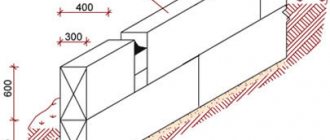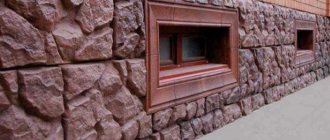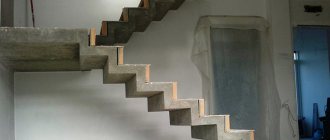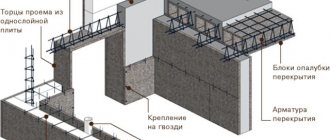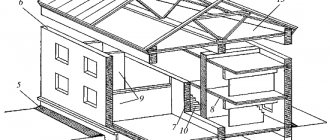In the process of building a house, one of the most important moments is the construction of the foundation - after all, if the foundation of the house is laid with violations, then further operation of such a building is simply impossible. There is no guarantee that at any moment the walls will not simply crack and there will be no real danger to the lives of the residents.
Before starting to build a foundation, it is necessary to thoroughly study the different types of foundations and choose the most suitable one for a particular case. There have been cases when, due to the wrong type of foundation, a house cracked, despite the fact that it was built correctly.
The main points on the basis of which the classification of foundations used in the construction of houses was proposed are:
- Soil support option;
- Design form;
- Preparation method
Let us now take a closer look at each of them, as well as the question of in which case which types of foundations are more rational to use.
Types of foundations: advantages and disadvantages
The foundation is the basis of any building. Absolutely everything depends on the strength and reliability of the foundation - the durability of the structure, its durability and quality.
You can almost never do without a foundation, and it doesn’t matter what you are building, a country house or a real brick castle. If you don’t pay enough attention to the foundation, you won’t have to wait long for the consequences.
Such negligence will first of all lead to subsidence of the house and warping of the walls, and then, if urgent measures are not taken, even to the appearance of cracks.
It is because of mistakes in laying the foundation that people often have to overpay large sums of money later, although they should have taken care of this in advance.
When calculating and designing the foundation for a house, many factors must be taken into account, including weather and natural factors. Of course, the nature of the soil, soil, and relief must also be taken into account.
Types of foundations and their applications
Below we will briefly talk about what types of foundations there are and what their scope is. The foundation for a house is selected based on the main criterion - the type of soil, as well as the characteristics of the future building. If there is a need to design a house to match the surrounding landscape, this will not be a problem with absolutely any type of foundation.
Prefabricated strip foundation
Such foundations are used in the construction of low-rise buildings. Wall blocks and cushions - prefabricated elements - are produced at the factory. With minimal load on the ground, you can do without a cushion block.
This foundation is stronger than a strip foundation, so the building can afford thinner walls, having such a reliable foundation. Another advantage of a prefabricated strip foundation is the speed and ease of its assembly.
The downside is excessive bulkiness and, alas, some impracticality - water often gets into the joints between the blocks.
Strip monolithic foundation
Such a strip foundation is, in fact, a powerful reinforced concrete strip that runs along the entire perimeter. A monolithic strip foundation is a very rigid and reliable horizontal structure that is stable even in unstable soil types.
The scope of use of such a foundation is quite narrow - small-sized buildings made of logs and timber. As already mentioned, the main advantages of this type of foundation are reliability, strength and unpretentiousness to the soil. There is perhaps only one serious drawback - massiveness.
Screw foundation
The closest relative of the pile foundation is the screw foundation. This foundation has a base in the form of steel screw piles, which feel great in soil with a high water content.
Difficult terrain, soil heaving and, in general, any soil instability are not a threat to a well-built pile-screw foundation. Helical blades are welded onto steel piles in such a way that, once deep in the soil, the pile does not loosen it, but, on the contrary, compacts it as much as possible. To screw the pile, two or three workers are needed.
The disadvantage of a screw foundation is that the steel from which the piles are made requires a high-quality anti-corrosion coating, which is expensive. Cheaper products protect against rust only for 4-5 years.
Screw foundation diagram


